I originally set this up as a puzzle to my social media group first, so if you are not a member, sign up to get early access to projects and challenges like this!
If you wish to take a guess as to how it works, start with this video:
Here are some photos to give some more clues:
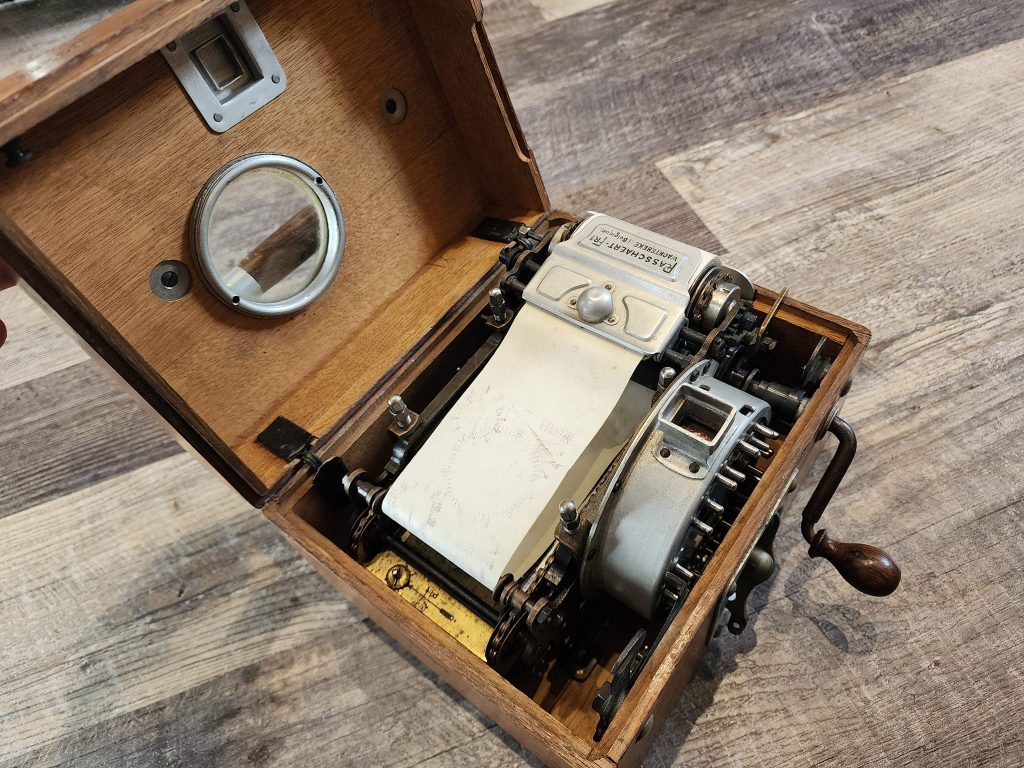
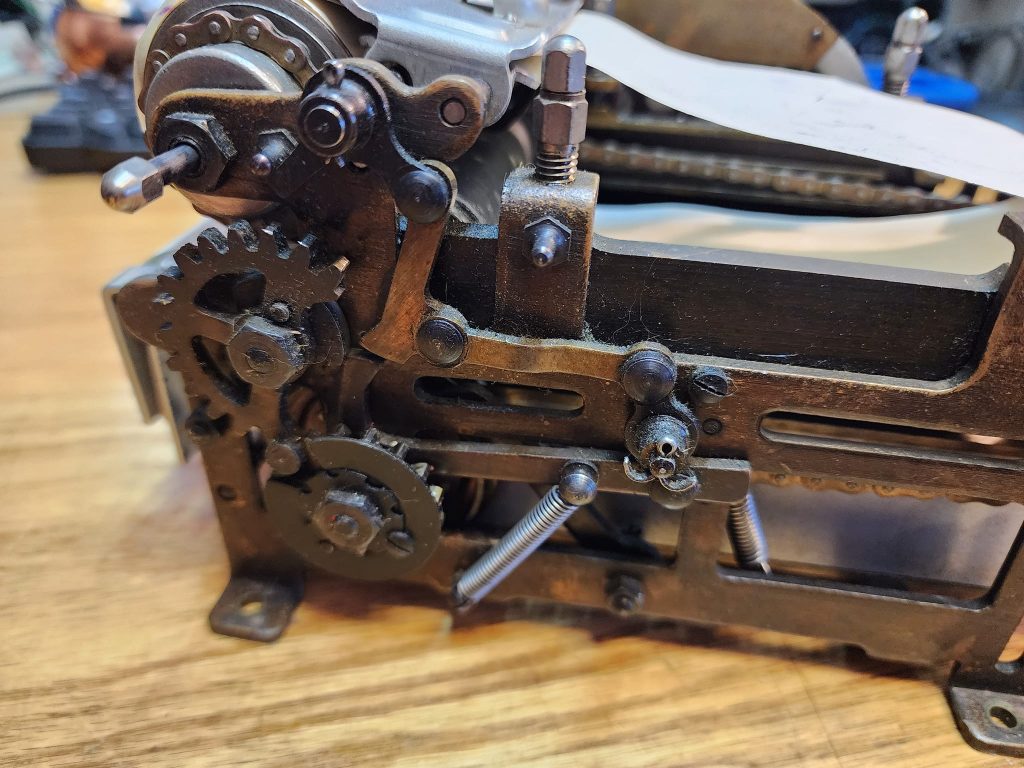
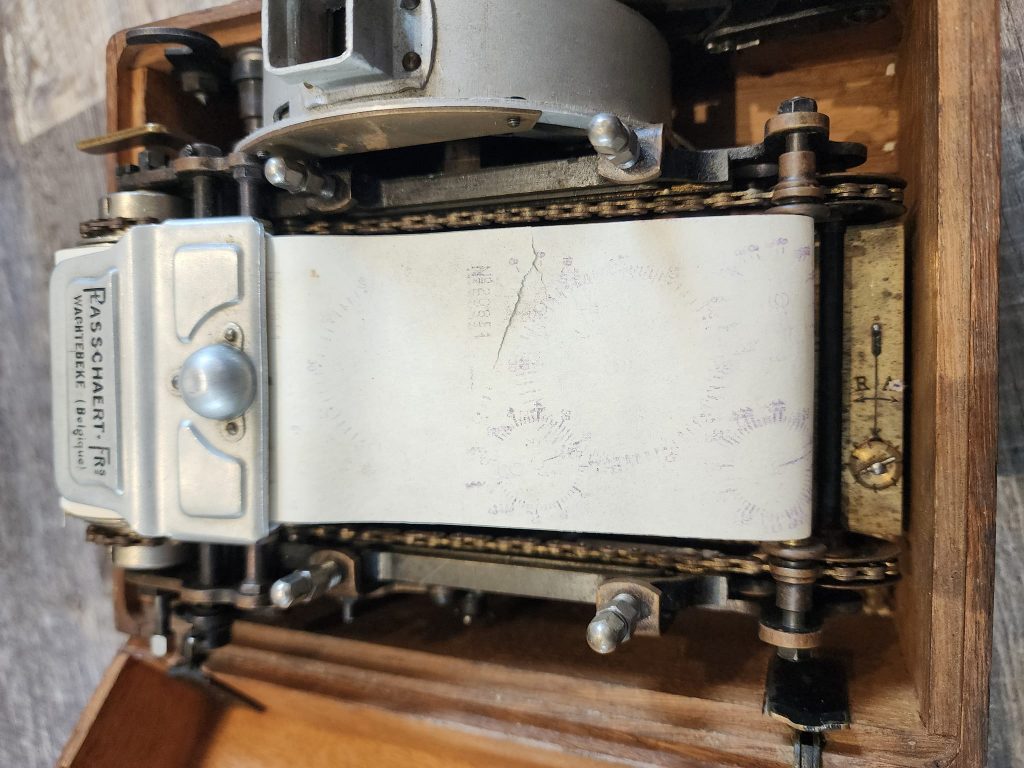
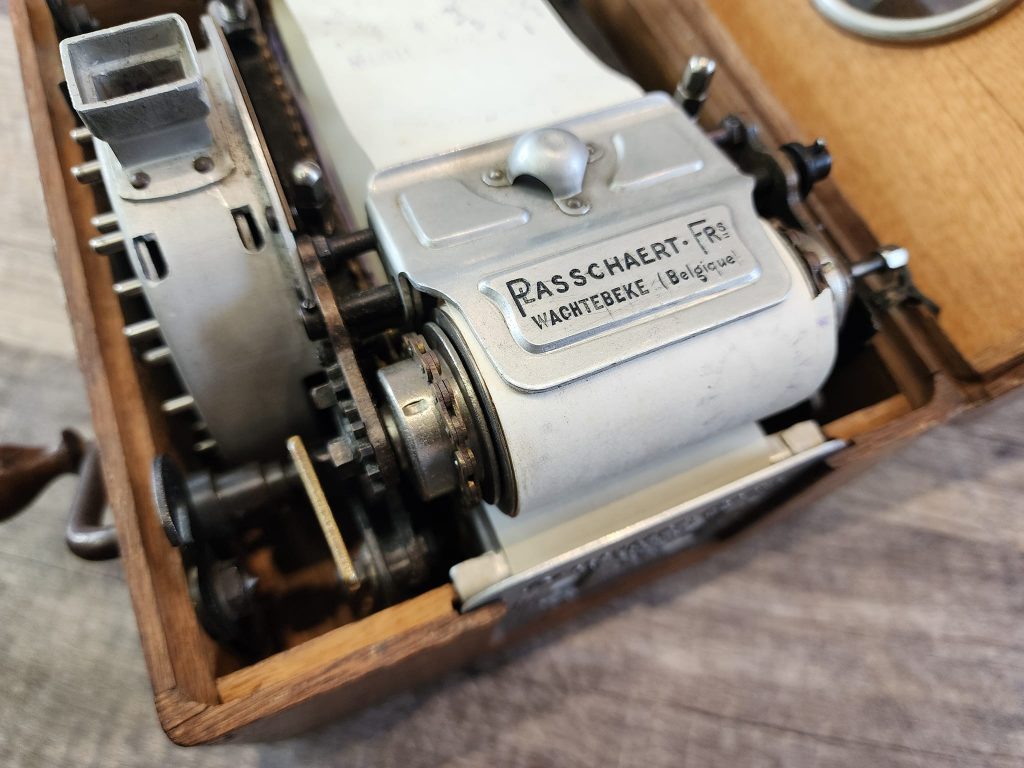
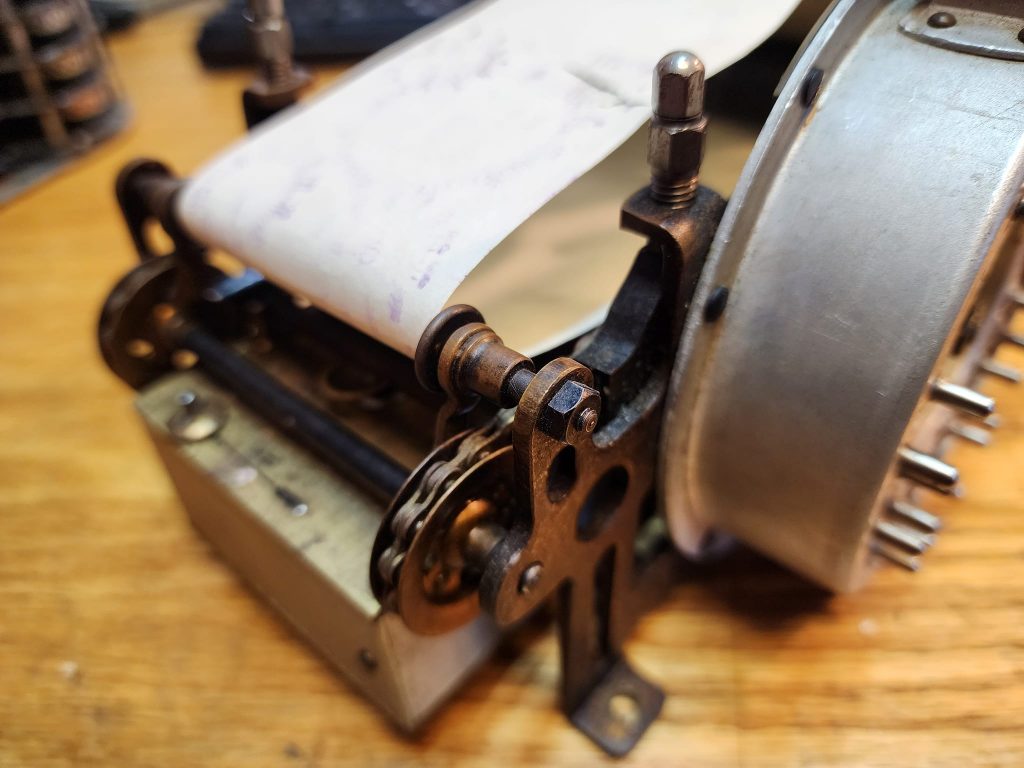
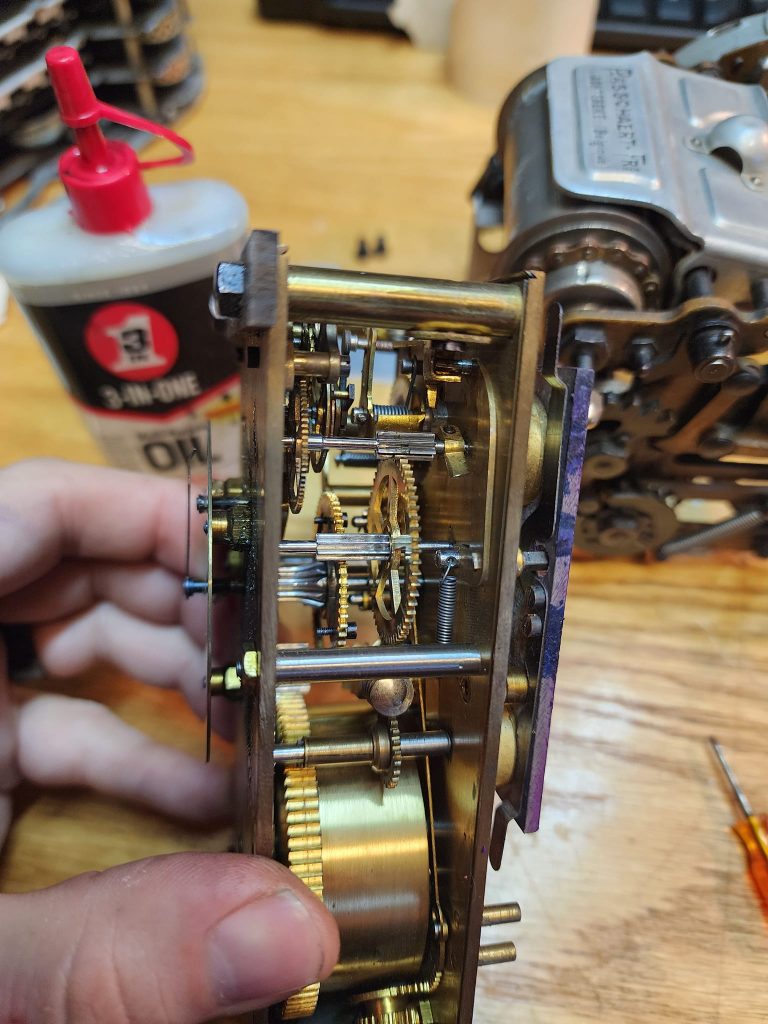
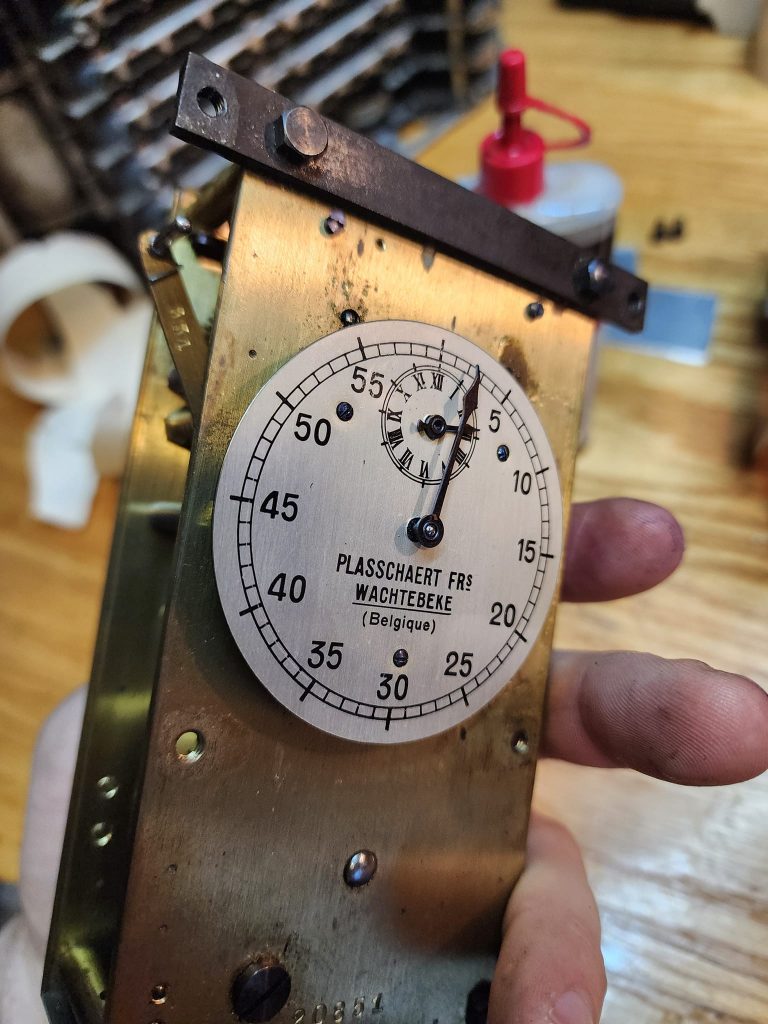
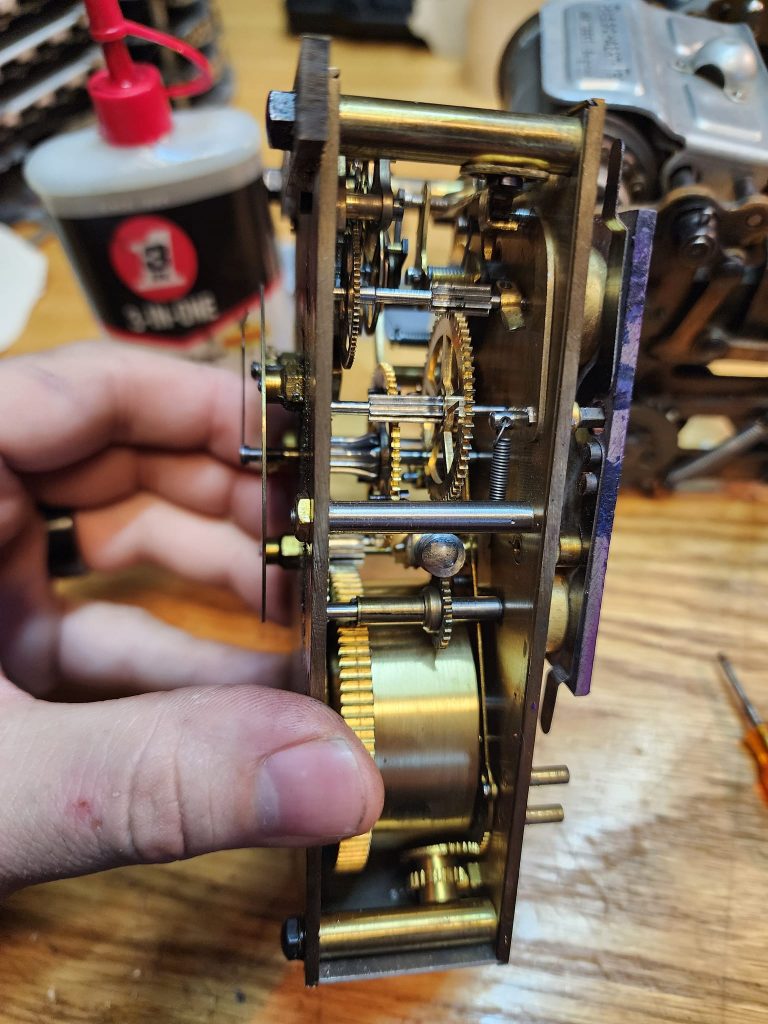
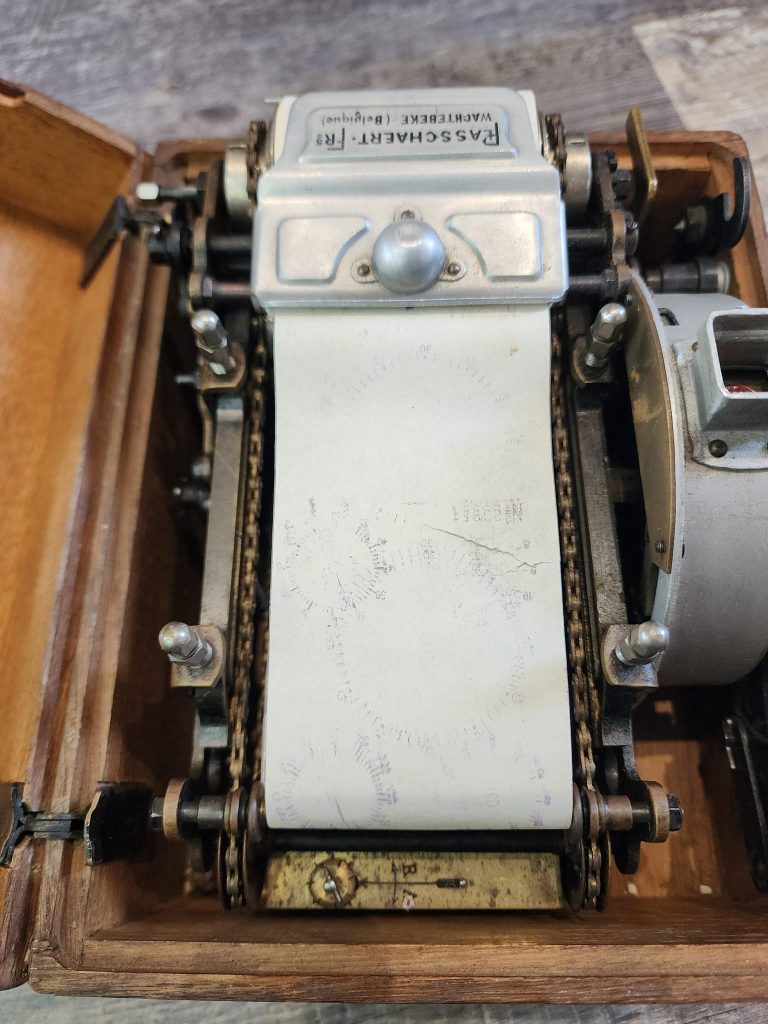
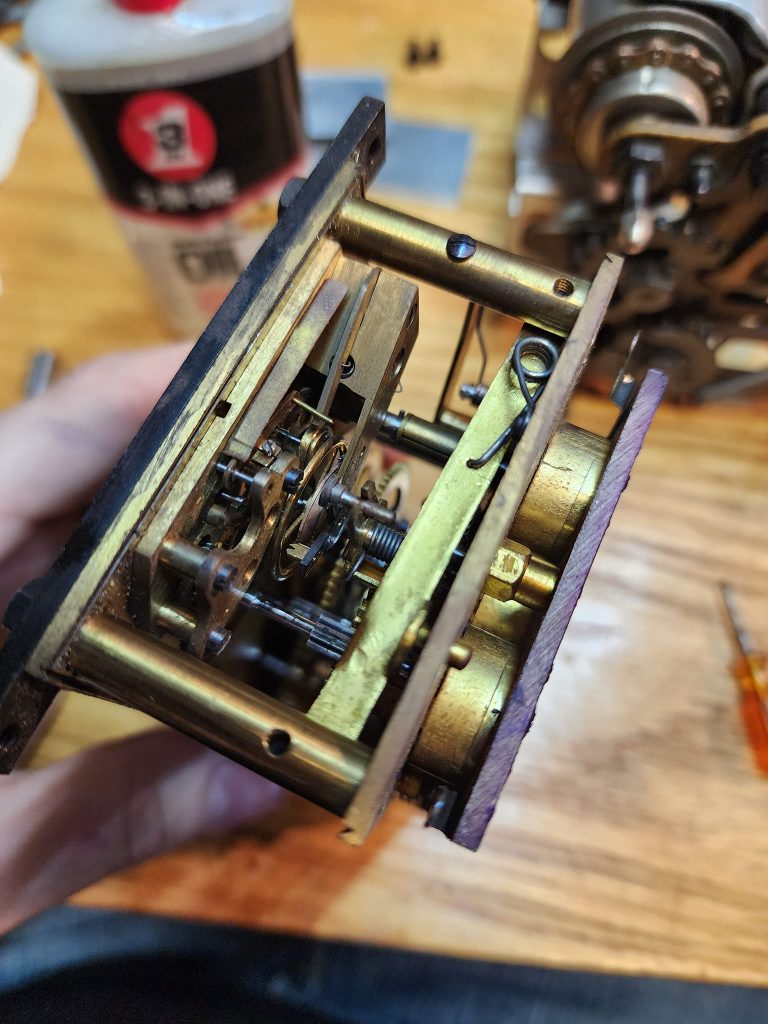
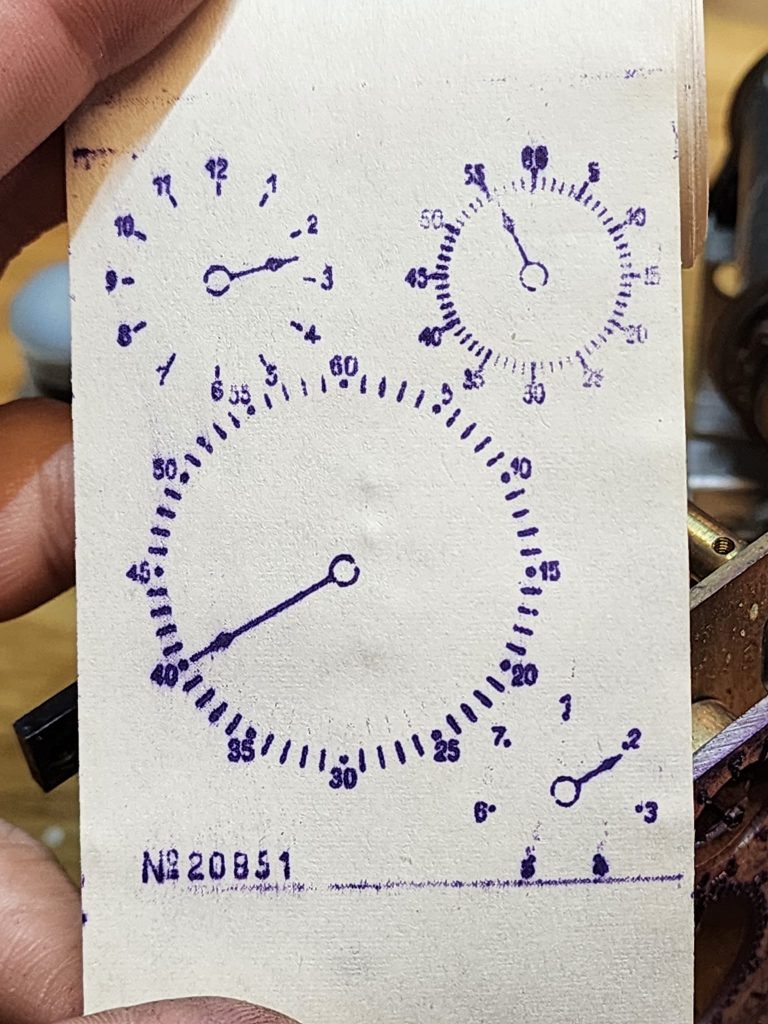
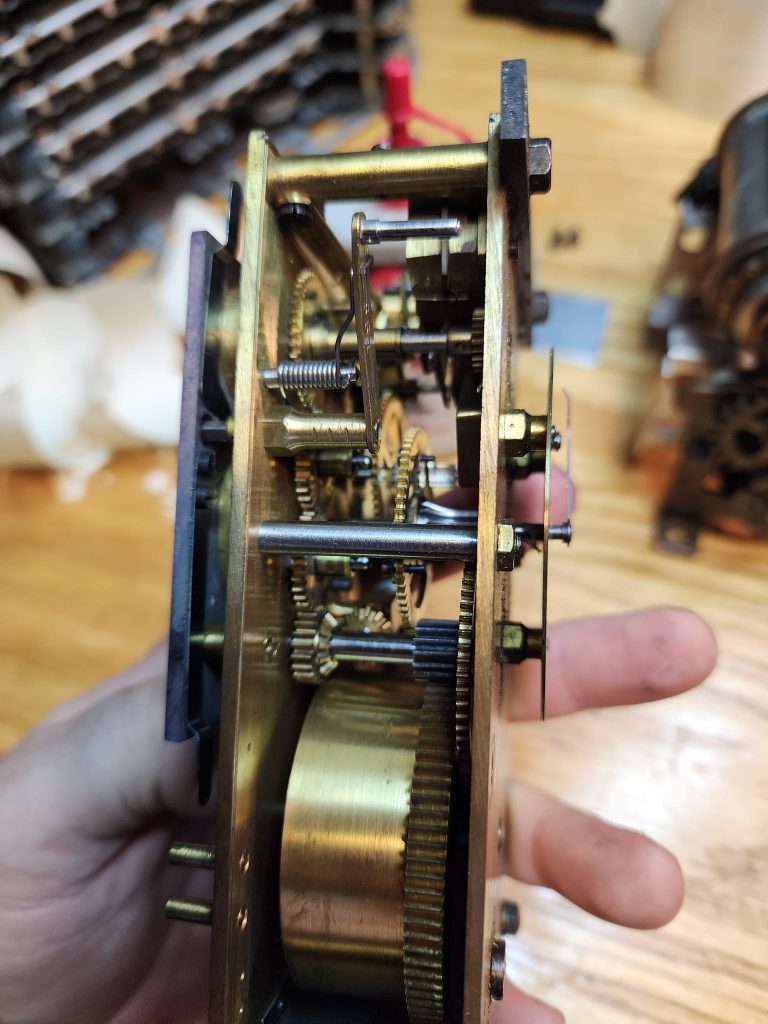
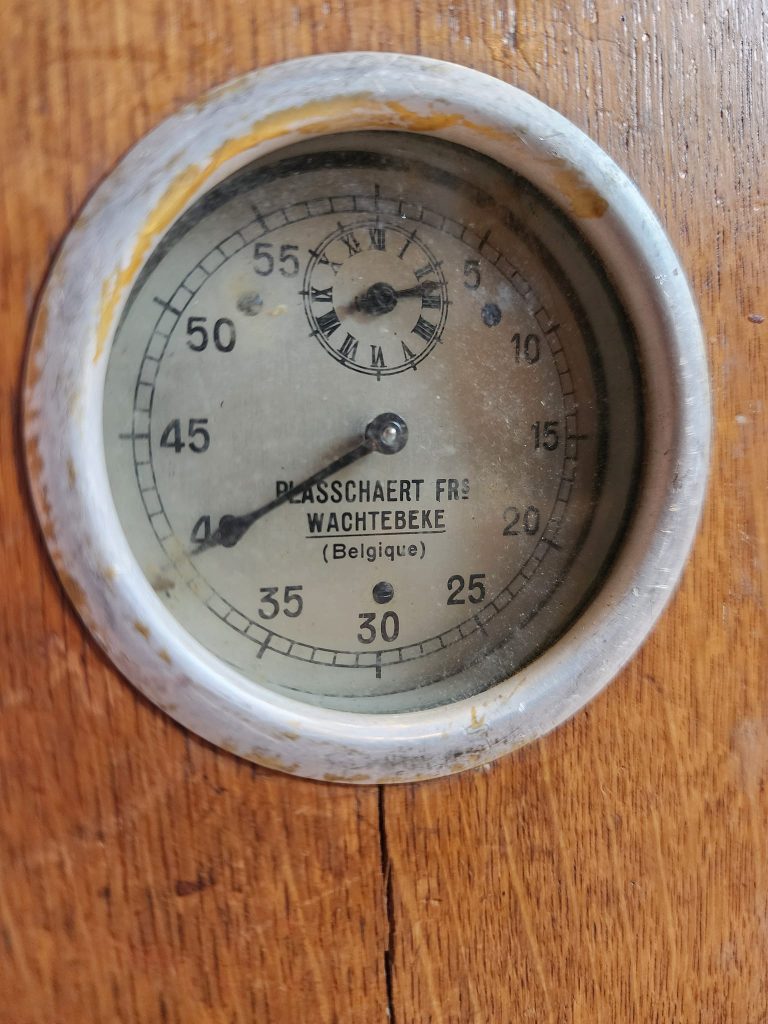
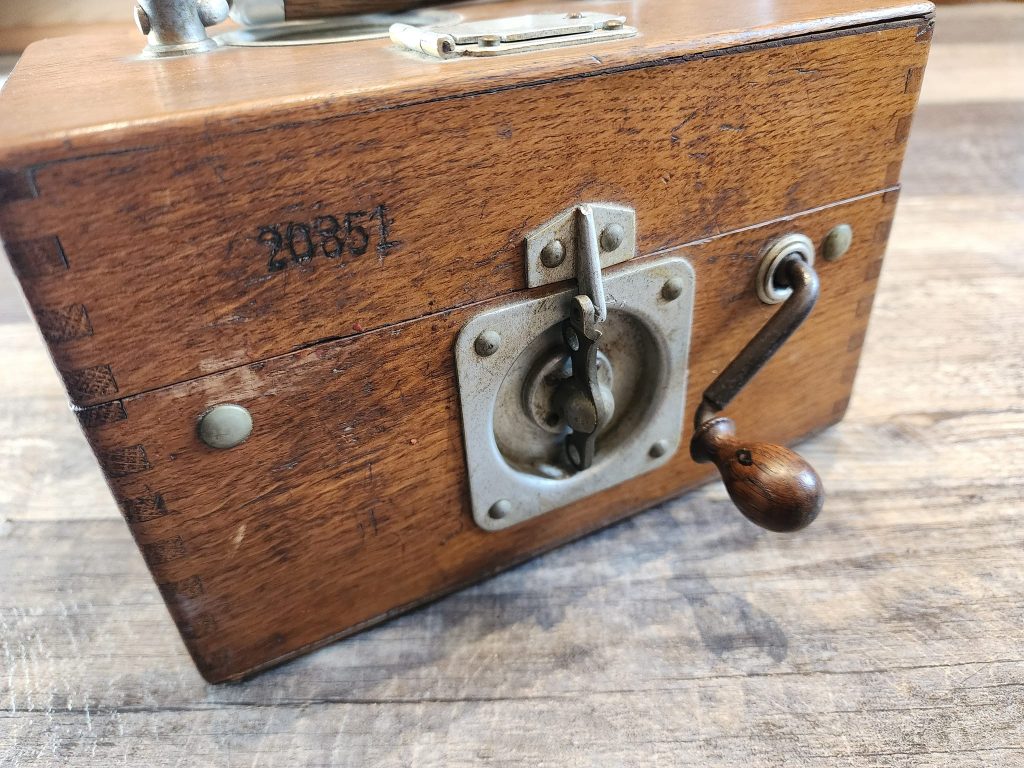
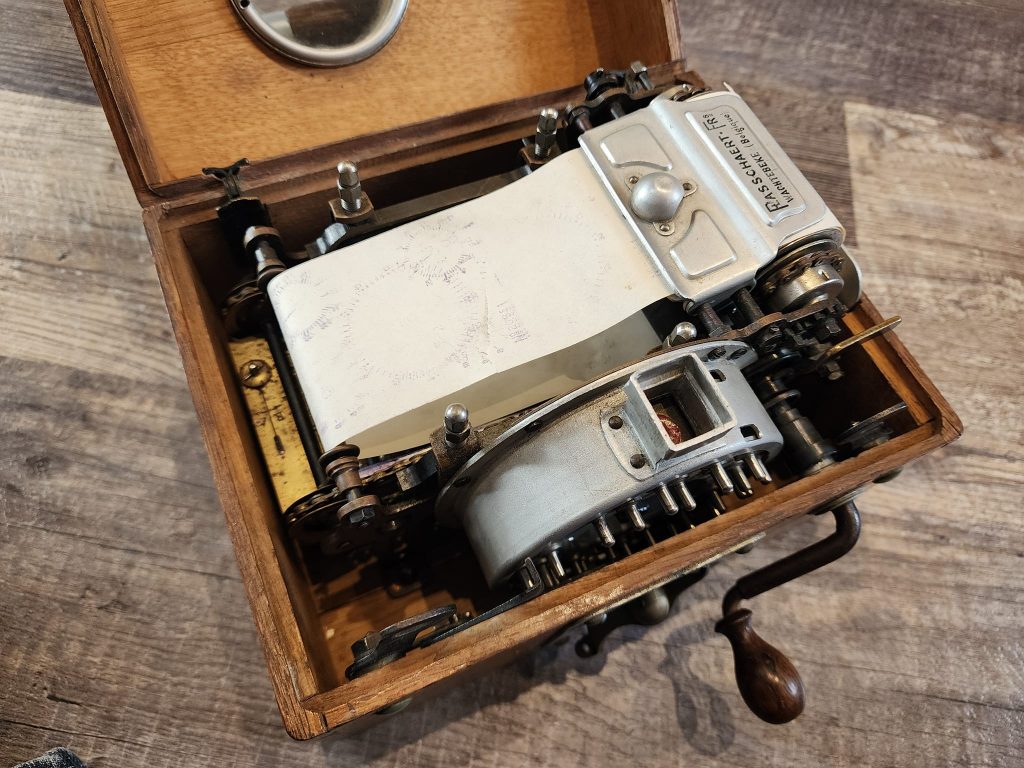
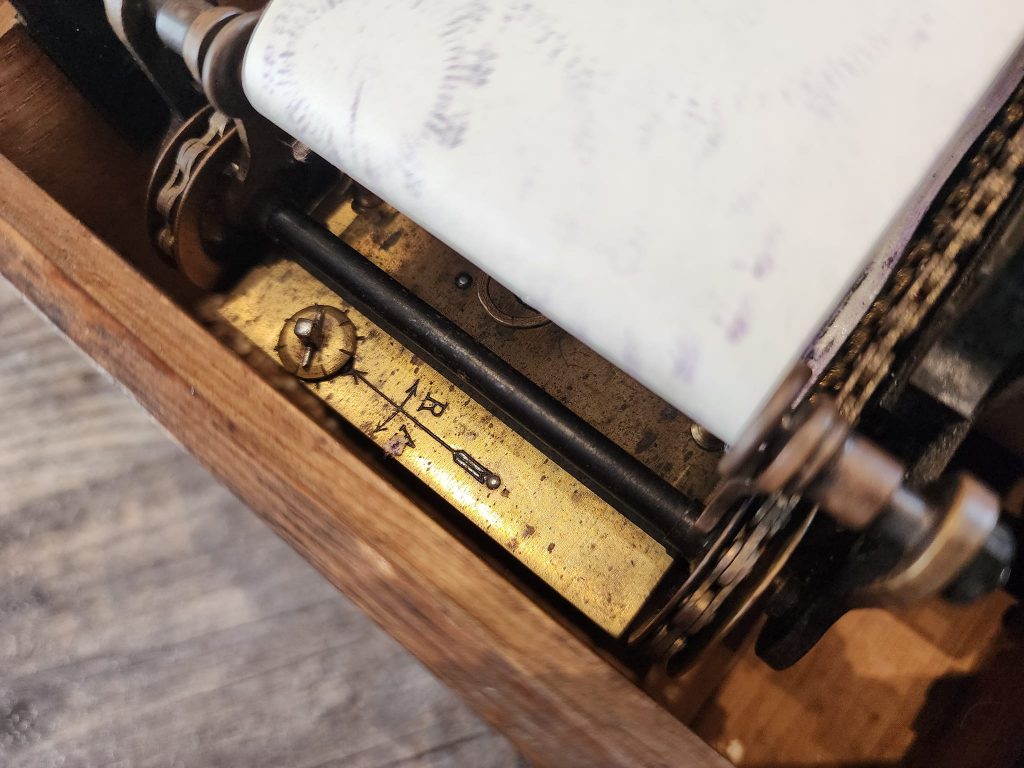
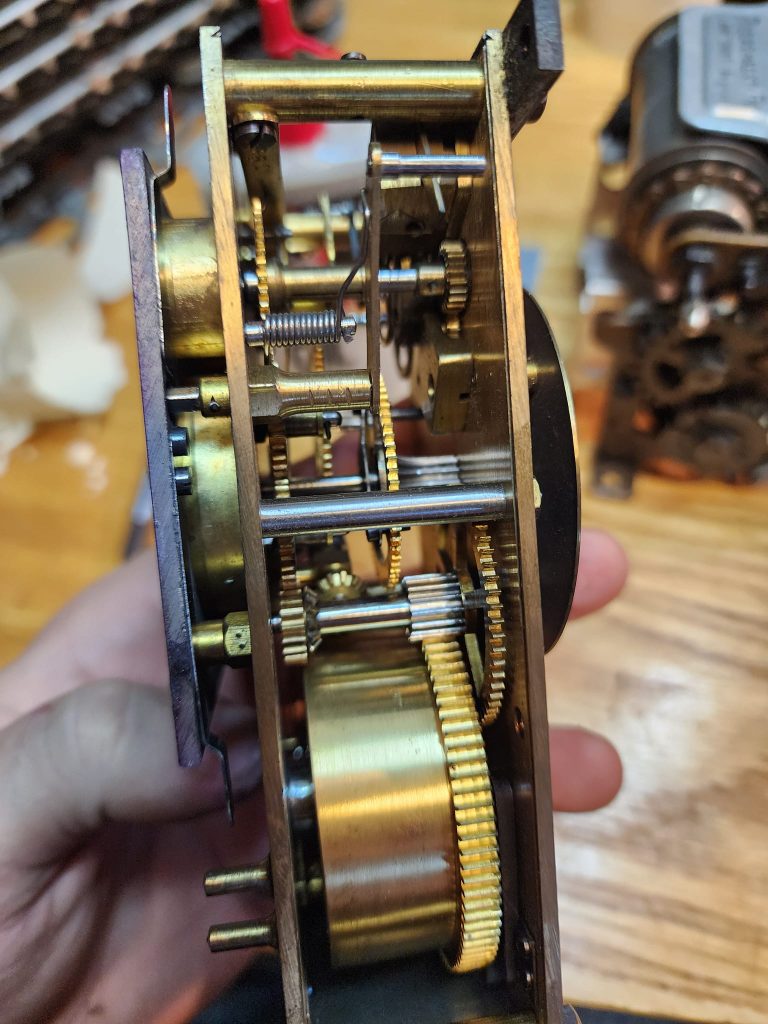
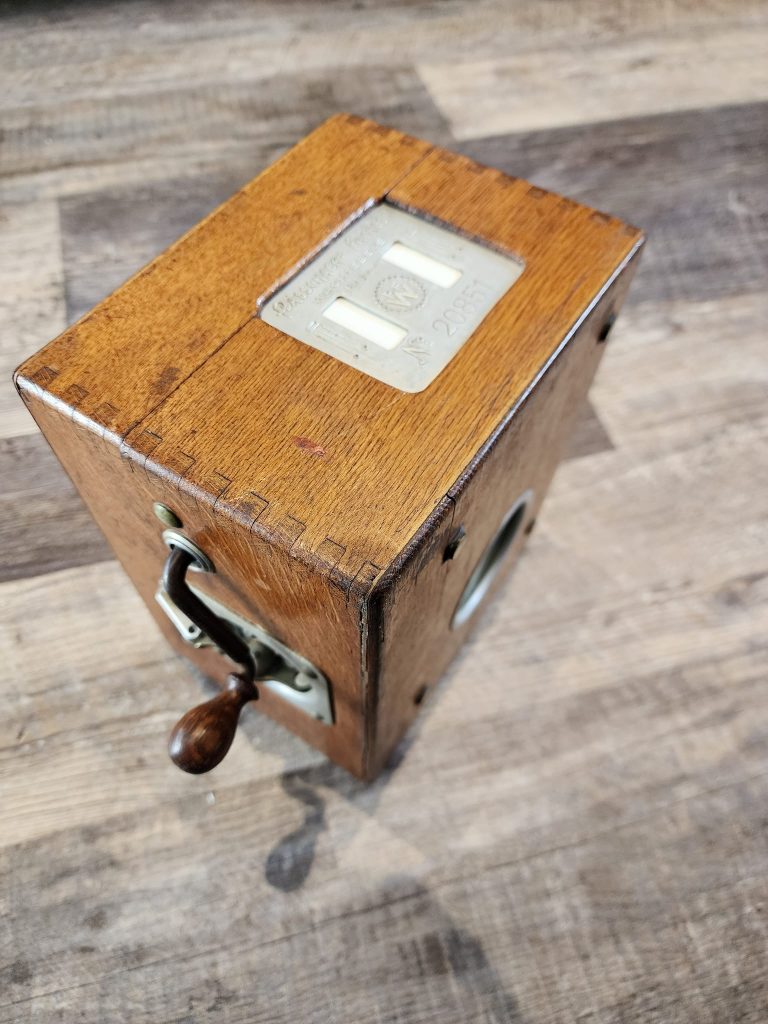
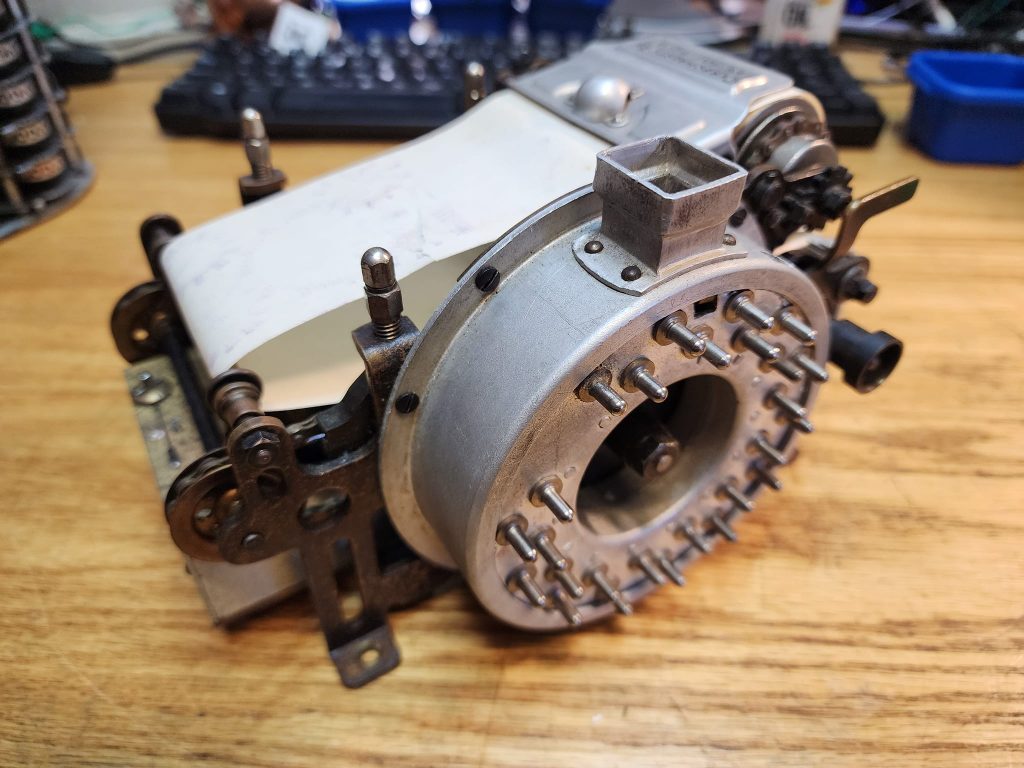
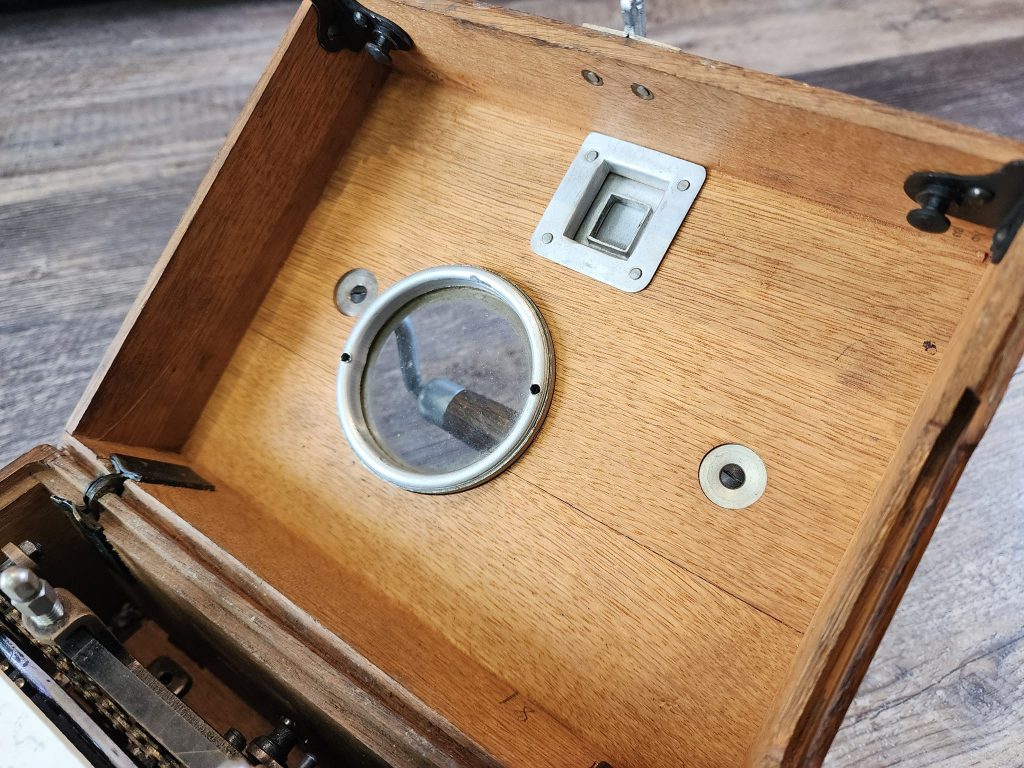
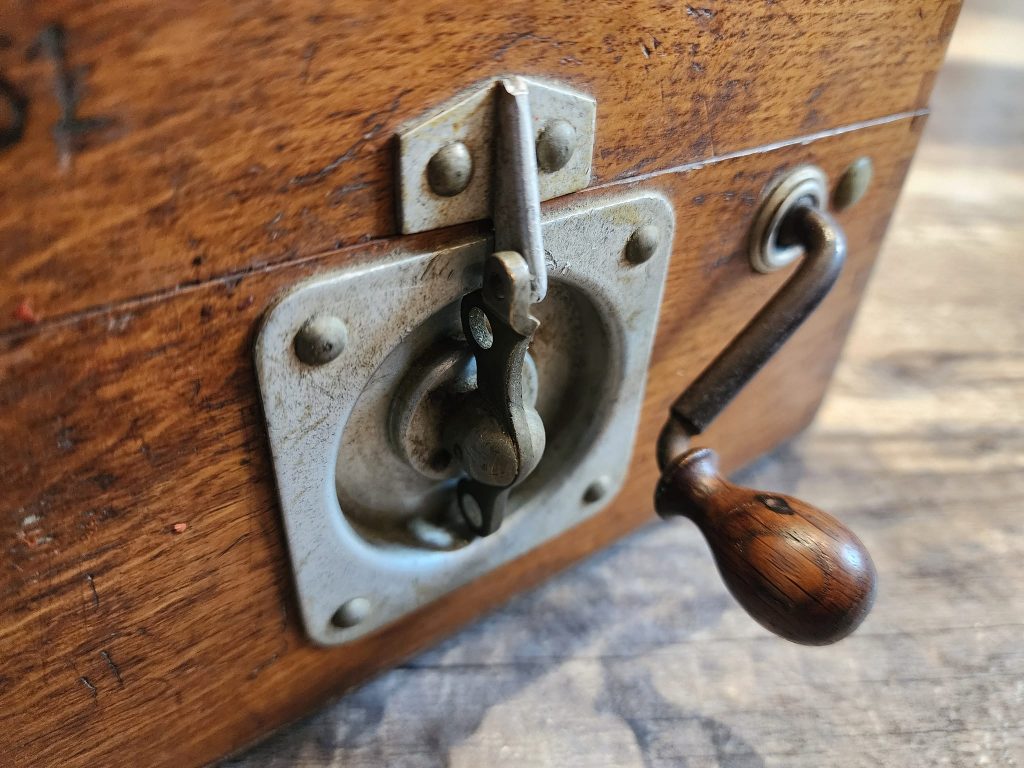
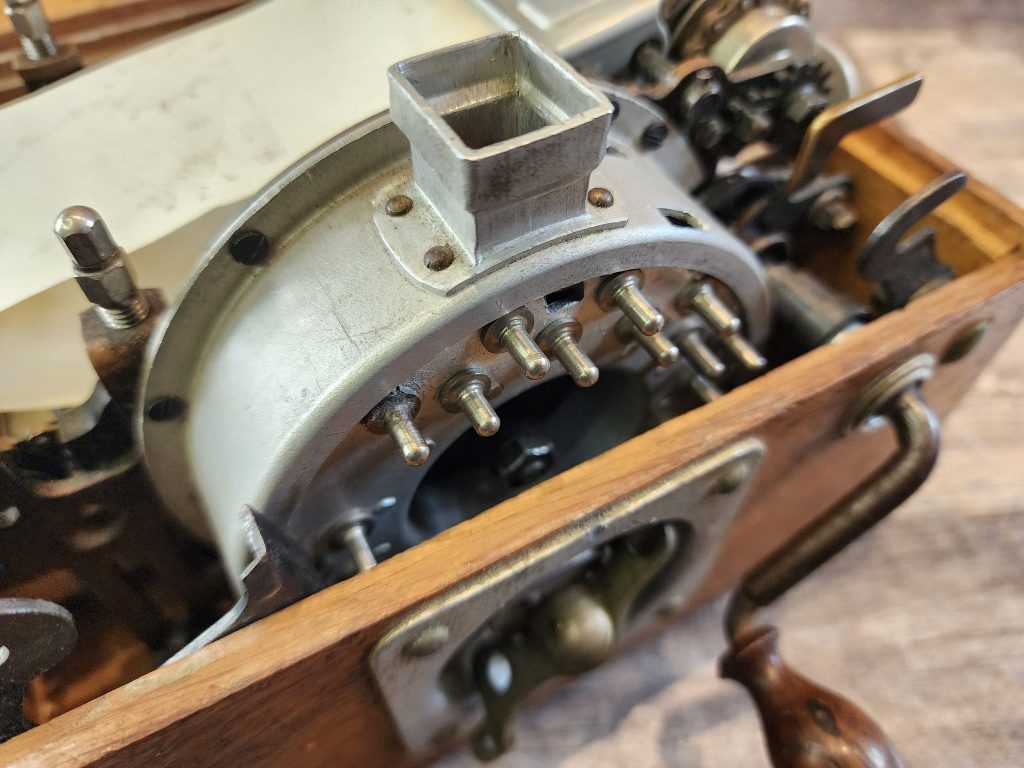
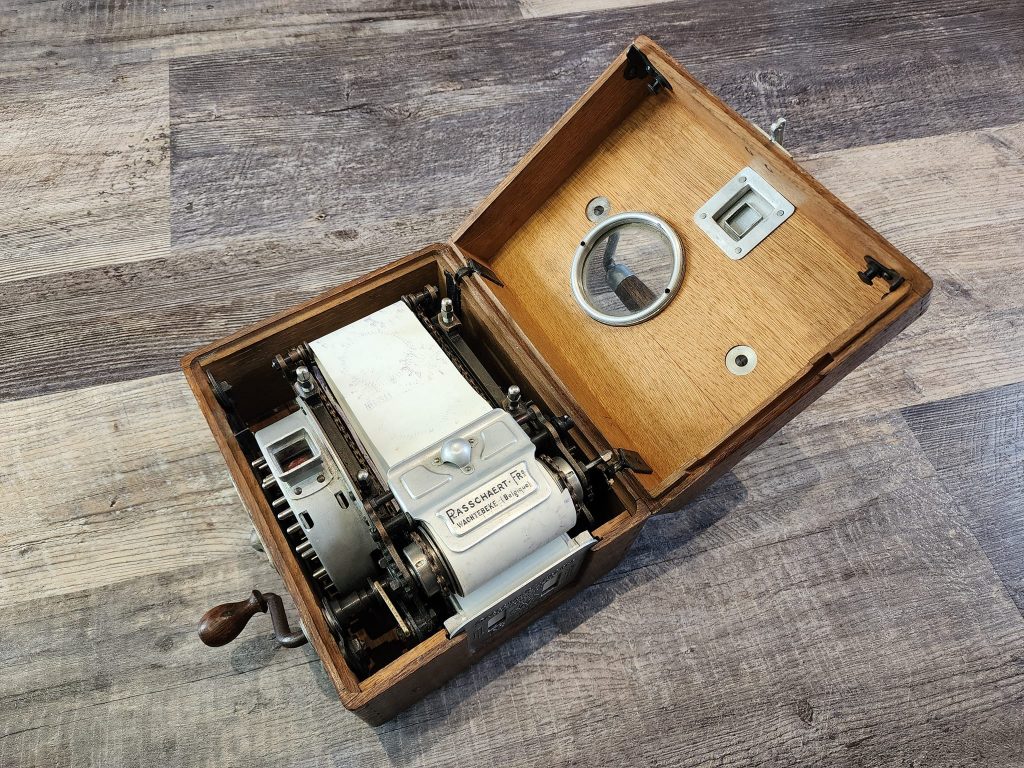
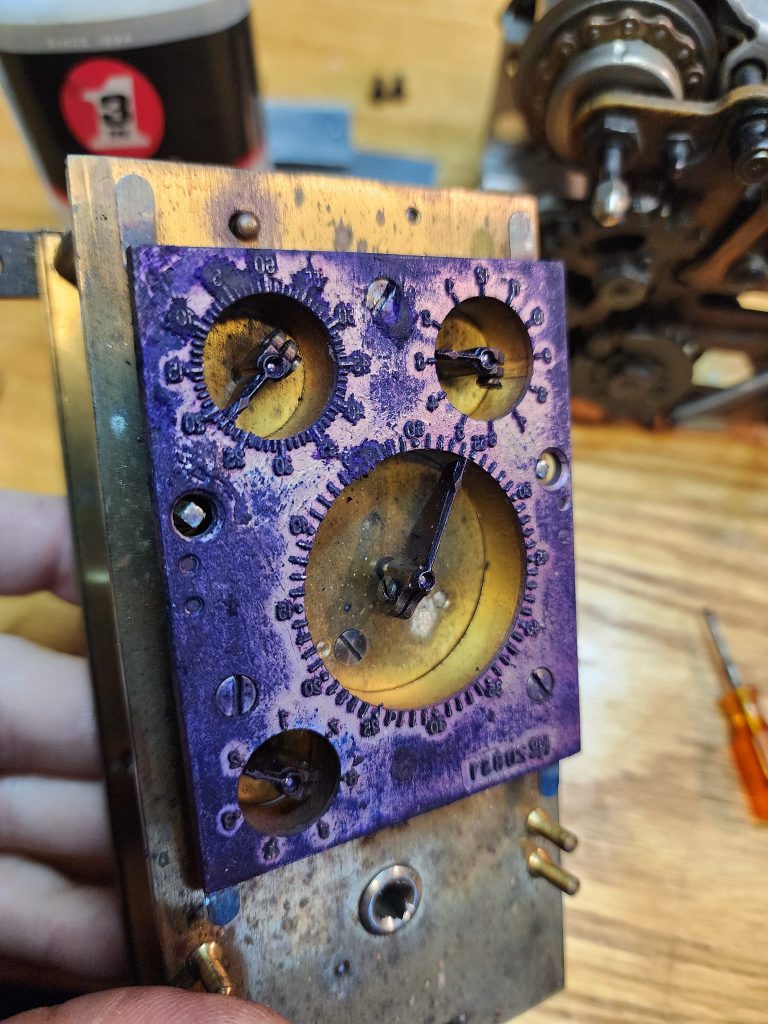
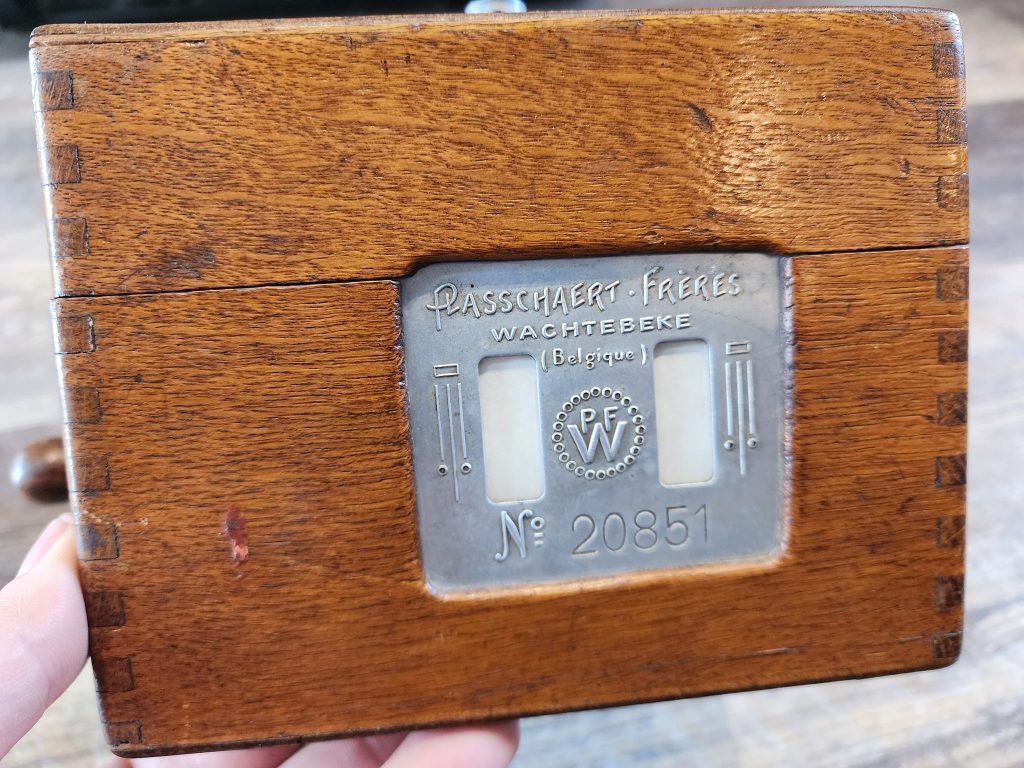
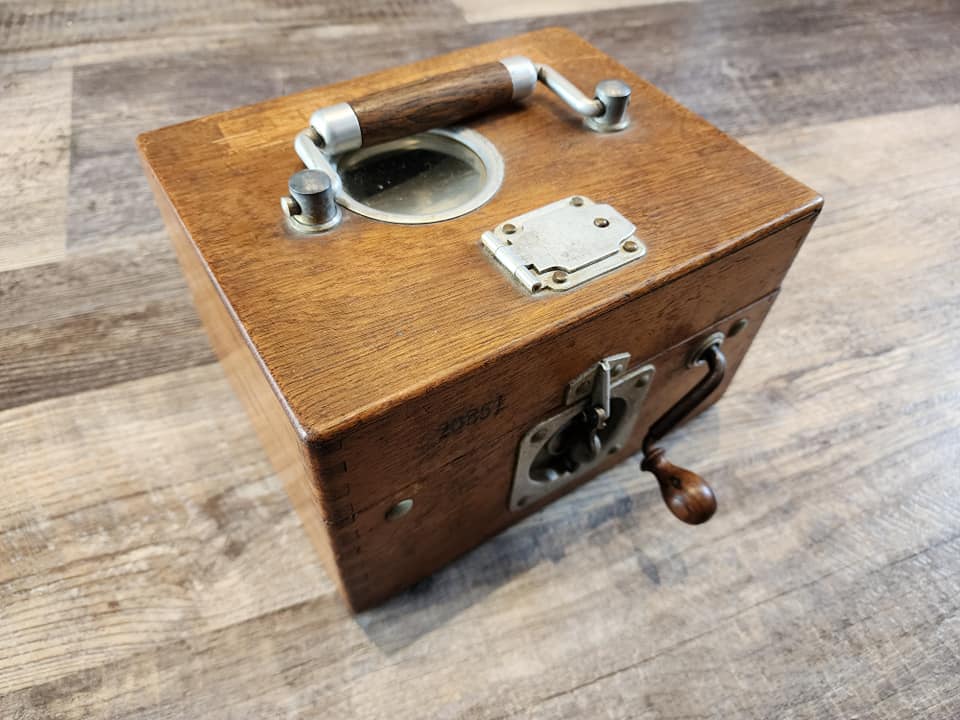
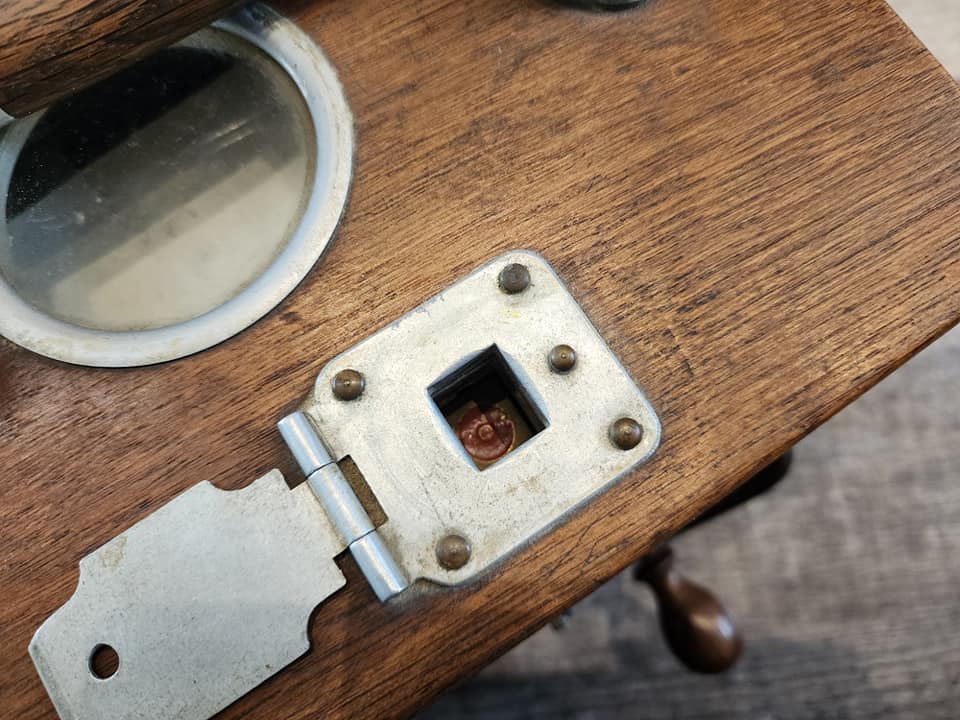
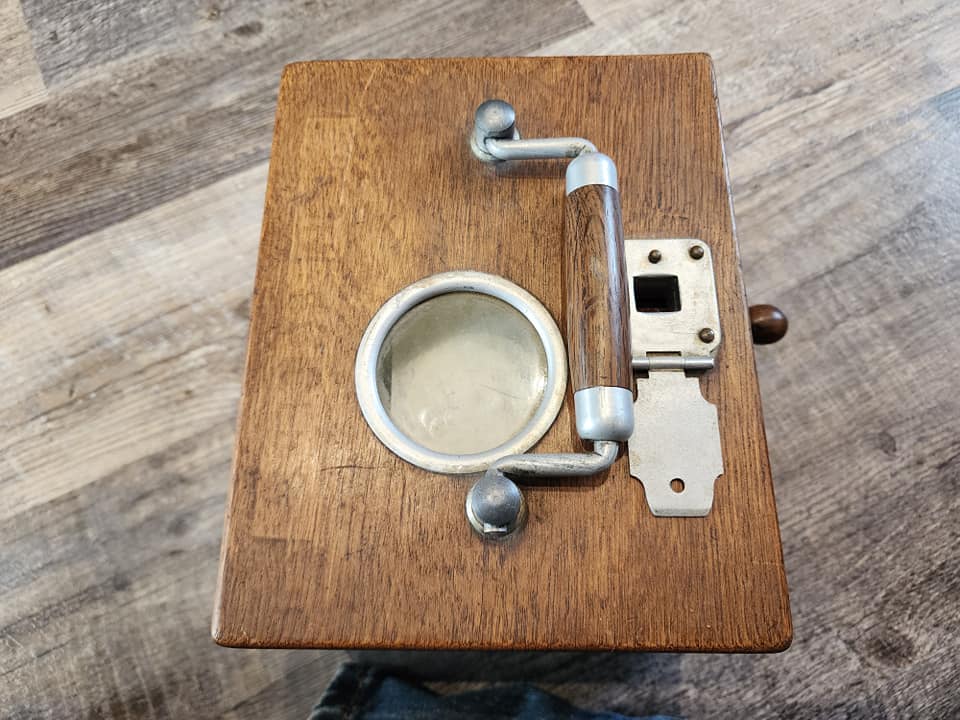
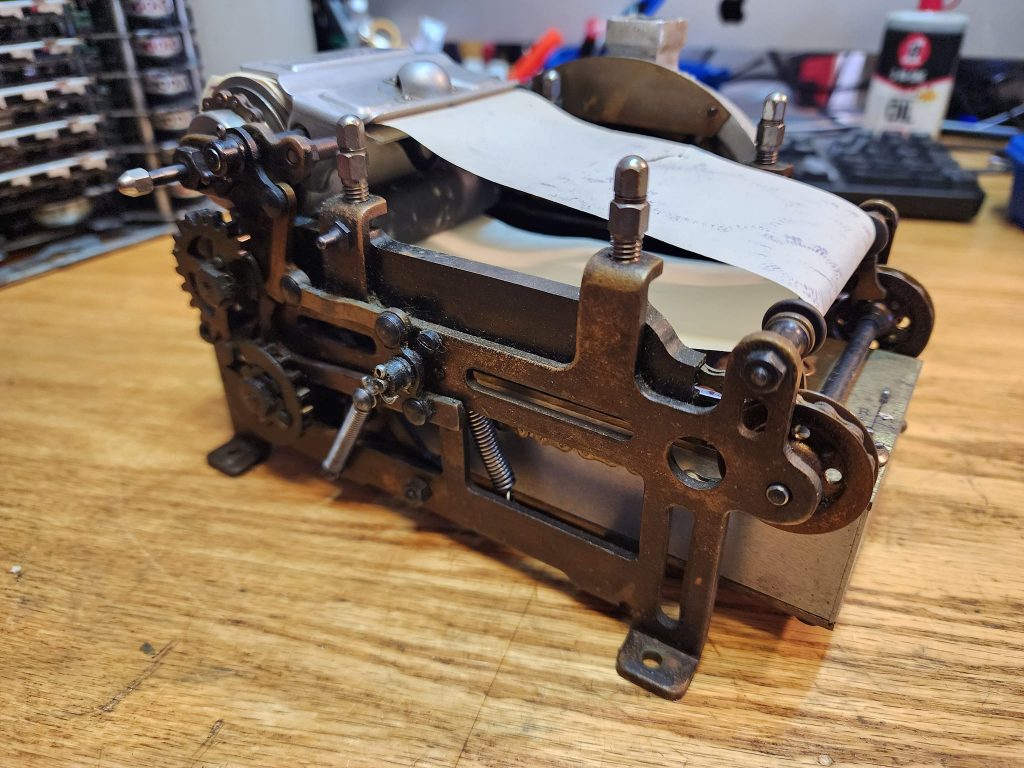
For those that got it, or read the title to this post, here is the video explaining how it works!
And here is an addendum to the above with it back together to show operation.
Pigeon racing has a rich history that dates back centuries. Originating in Belgium in the early 19th century, it quickly became a popular sport across Europe. The concept is simple yet intriguing: homing pigeons are released from a specific location and race back to their home lofts, with the fastest bird declared the winner. The key to this sport’s success lies in the remarkable homing ability of pigeons, which can navigate over long distances to return to their lofts with astonishing accuracy.
The Plasschaert Freres Wachtebeke clock played a crucial role in this sport. Founded in the early 1900s in Wachtebeke, Belgium, Plasschaert Freres specialized in creating precise timing instruments for pigeon racing. These clocks were essential for recording the exact time a pigeon arrived back at its loft. Each pigeon had a unique band on its leg with an identification number. Upon the bird’s return, the band would be removed and placed in the clock, which would then stamp the exact time onto a paper roll inside the device. This ensured an accurate and verifiable record of the pigeon’s arrival time.
The craftsmanship of the Plasschaert Freres Wachtebeke clock is truly remarkable. Made from high-quality materials, these clocks were built to withstand the rigors of regular use. The intricate mechanics inside the clock reflect the precision and attention to detail that the Plasschaert brothers were known for. Each clock was a masterpiece of engineering, designed to provide accurate and reliable timekeeping under various conditions.
Using the Plasschaert Freres Wachtebeke clock was an essential part of pigeon racing. The process began with training the pigeons, gradually increasing the distances from which they were released. On race day, pigeons were transported to the release point, often hundreds of miles away. As they raced back home, fanciers anxiously awaited their arrival, with their clocks ready to record the precise moment of return. The recorded times were then compared to determine the winner, with accuracy down to the second.
The Plasschaert Freres Wachtebeke pigeon racing clock is more than just a timekeeping device; it’s a symbol of a bygone era when pigeon racing was a beloved pastime and a testament to human ingenuity and the enduring bond between humans and animals. Holding this clock, I can’t help but imagine the excitement of race day, the thrill of seeing the first pigeon appear on the horizon, and the meticulous process of recording its arrival time.
Today, while technology has advanced and electronic timing systems have largely replaced mechanical clocks, the Plasschaert Freres Wachtebeke clock remains a cherished piece of history. It serves as a reminder of the sport’s golden age and the remarkable precision required to fairly judge these races.
Reflecting on the history of pigeon racing and the role of the Plasschaert Freres Wachtebeke clock, I am filled with admiration for the dedication and passion of those early pigeon fanciers. Their love for the sport and commitment to fair play are embodied in these exquisite timepieces, which continue to captivate collectors and enthusiasts around the world.
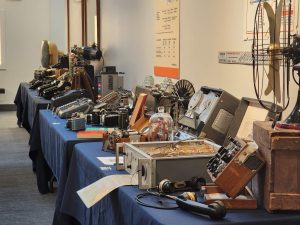
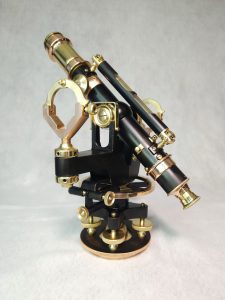
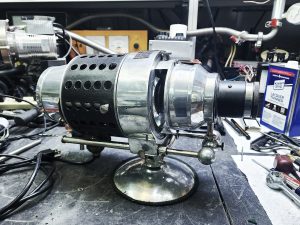
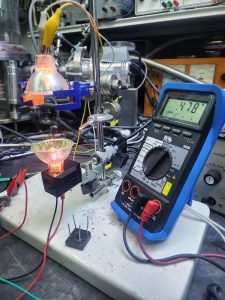

Hello Doug,
Very interesting video. I have the same clock, one tiny screw on the bottom of the clock is loose, I want to screw it back on but I have a trouble to remove the crank, the is a tiny screw holding the collar that I removed. How did you do it?
Thank you,
Karol
Karol, I had to go find my clock, and remember how it came off again! This may sound too simple, but it is just screwed on! As in think of it like a large nut, turn the entire hand crank counter clockwise and it will come loose and unscrew from the axle inside. Now you can lift the mech out! To re-install just screw it back on, and it will work as normal! I remember mine being a bit tight to get loose the first time. I have a picture of the crank removed I can upload if you need to see it! Also a 12 pointed socket worked well to remove the square bolts that hold the mech into the box, a small magnet helps hold them on install as well.
Best of luck with your clock, and let me know if you have any questions!
Doug,It worked like a charm. Like you said, It was pretty tight to remove at first. I tried before but was afraid to break it. Your tips for putting it together were helpful, thank you. I watched your second video a few times, what did you do to make your clock tick, as mine is not ticking. I’m wondering if it is the tiny spring… anymore thoughts you can share is much appreciated.
Best,
Karol
Karol,
My clock mech was a bit gummy, I cranked the wind spring ( square drive hole ) to get tension in the spring, I than very carefully, wiggled each gear with a wood toothpick, to see what might be stuck. I used some clock oil, or light machine oil, or sewing machine oil, to lubricate the pivots of the gears. Last resort was to try and move the largest pointer by hand from the outside, doing this I was able to ‘assist’ the spring and it would tick if I held light pressure on the arm. I did this for a a good 20 min, and eventually it was able to run and tick on its own! Just had to get everything free and moving again. To get into the clock, I had to loosen the small silver set screw on the brass cover plates than slide them out, it is a bit of a puzzle.
Best of luck, and take your time 🙂 … no pun intended ha!